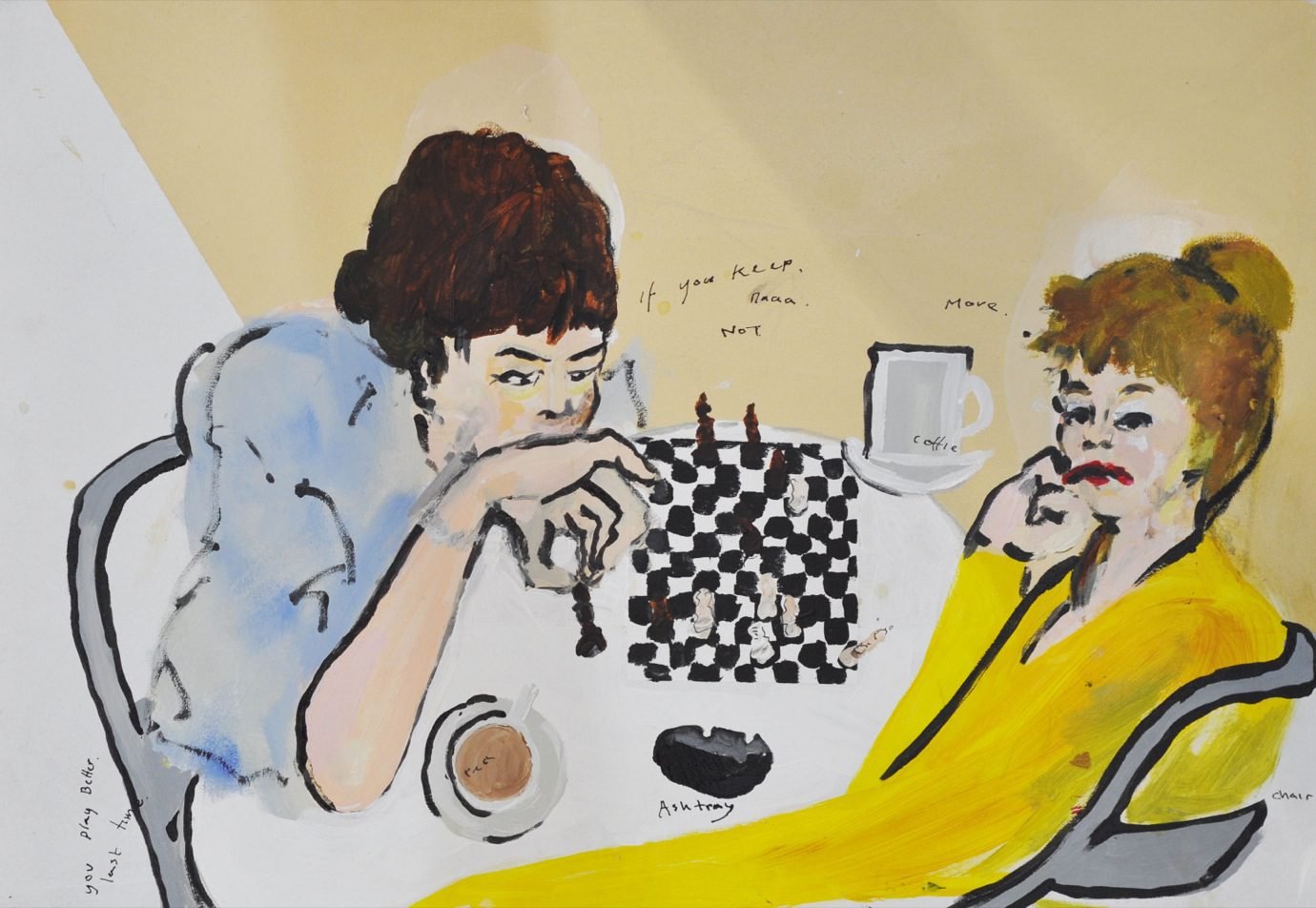But for a system that centres around the ego, human subjectivity is given little agency. Outside of our habitual fascination with sellable personalities, barely any attention is given to the actual human beings that make up this industry. This is problematic when it comes to outsourced production (no one needs a reminder of the labour issues that plague the industry), but equally concerning when it comes to the organisation of the creative process. Indeed, either you are the star, or you serve them. There is no in-between.
This traditional hierarchy of creativity is not easy to change, but there are some who try. MCQ is a new label under Alexander MCQueen looking to break down the standard design model through collaboration. Rather than appointing a single creative director, MCQ wants to combine as many voices as possible.
“In the fashion industry, collaborators often have to work within quite rigid frameworks in terms of a brand’s design aesthetic and creative vision,” a member of the MCQ design team explained. “By decentralizing how we operate, it allows us to work with freedom and gives the collaborators more scope. Nothing is off the table creatively. All ideas are valid.”

























